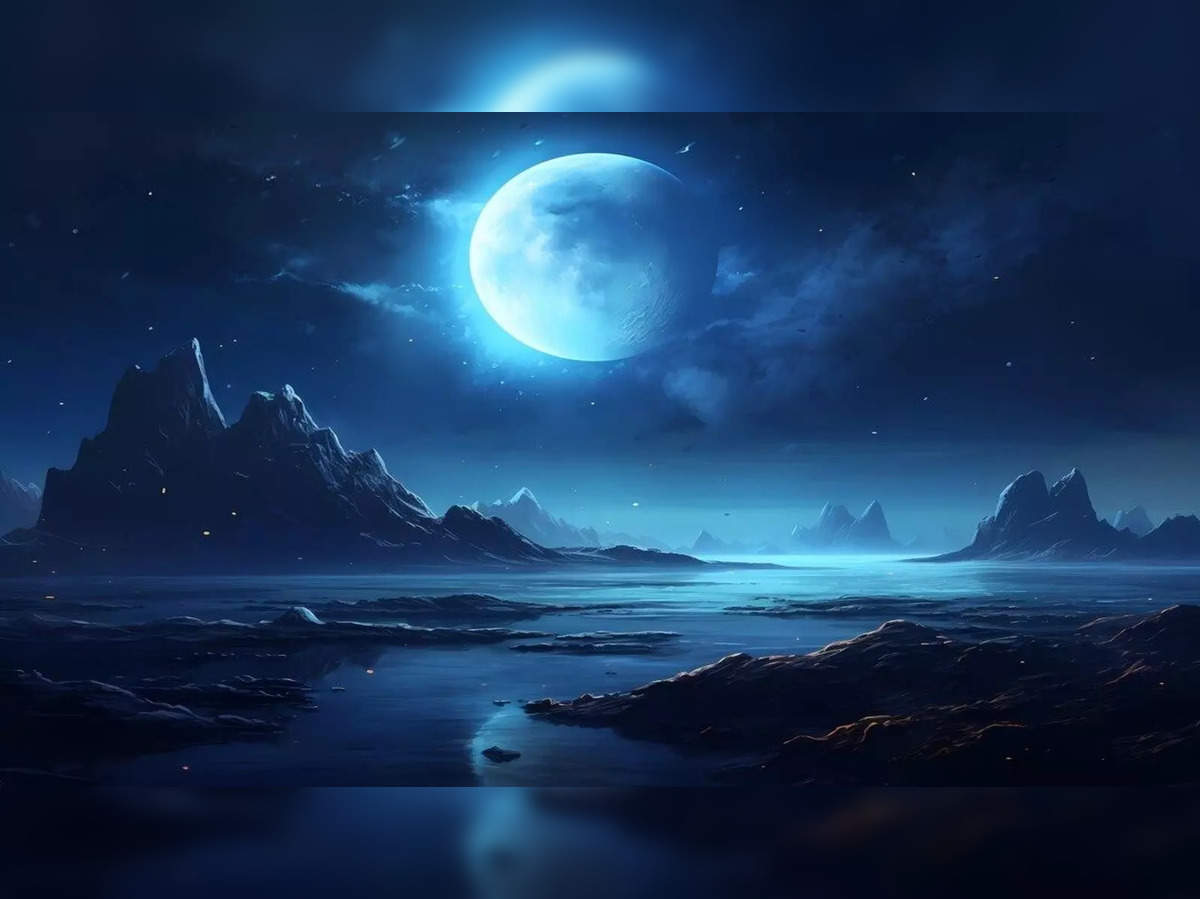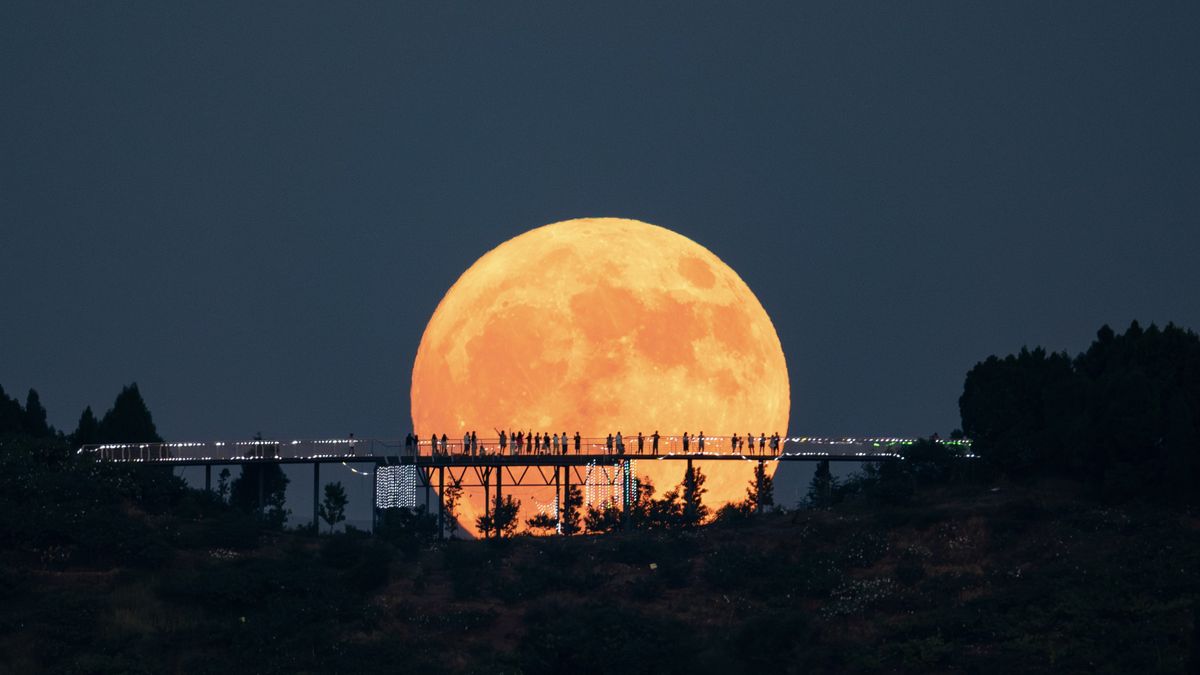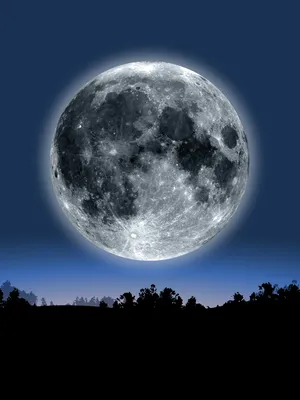Full Moon Blue moon Super moon: Everything To Know

The night sky has always fascinated humanity, and celestial events like the Super Blue Moon are a reminder of the wonders of our universe. This rare event combines the phenomena of a supermoon and a blue moon, creating a spectacular sight. Here’s everything you need to know about this upcoming astronomical event.
What is a Super Blue Moon?
A Super Blue Moon is a unique occurrence where a supermoon and a blue moon happen simultaneously. Let’s break down these terms:
- Supermoon: This occurs when a full moon is at its closest point to Earth in its elliptical orbit, known as perigee. This proximity makes the moon appear larger and brighter than usual. The August supermoon will be around 225,288 miles from Earth.
- Blue Moon: Contrary to what the name suggests, a blue moon doesn’t actually appear blue. The term refers to the second full moon in a single calendar month. Blue moons are relatively rare, occurring about once every two to three years.
When and Where to See It
The Super Blue Moon will be visible from Sunday through Wednesday this week, with peak illumination on Monday, August 19, 2024, at 2:26 p.m. EDT. The moon will appear full for about three days, giving you multiple opportunities to witness this celestial event.

Why is it Special?
- Rarity: Super Blue Moons are uncommon. Only about 3% of all full moons are blue moons. The combination of a supermoon and a blue moon is even rarer, making this event a must-see.
- Brightness and Size: This supermoon will appear about 6.2% bigger and 12.8% brighter than the average full moon. The increased size and brightness make it a stunning sight in the night sky.
Viewing Tips
To make the most of this celestial event, here are some tips for viewing the Super Blue Moon:
- No Equipment Needed: You can enjoy the view with the naked eye. However, using binoculars or a telescope can enhance the experience, allowing you to see more details of the moon’s surface.
- Clear Skies: Ensure you have a clear view of the sky, away from city lights and pollution. Find a spot with minimal light interference to fully appreciate the moon’s brightness.
- Timing: While the moon will appear full for three days, the best time to view it is during its peak illumination on Monday night. Check local moonrise and moonset times to plan your viewing.
Fun Facts About the Moon
- Moon Phases: The moon goes through eight distinct phases in its 29.5-day lunar cycle, from new moon to full moon and back again.
- Tidal Effects: The gravitational pull of the moon affects Earth’s tides. During a supermoon, the tides are slightly higher due to the moon’s proximity.
- Cultural Significance: Throughout history, the moon has held significant cultural and mythological importance in various civilizations. It has been a symbol of fertility, timekeeping, and navigation.
The Super Blue Moon is a rare and beautiful event that offers a chance to connect with the wonders of the universe. Whether you’re an avid stargazer or just curious about celestial phenomena, this is an event you won’t want to miss. Mark your calendars, find a good viewing spot, and enjoy the breathtaking sight of the Super Blue Moon.


